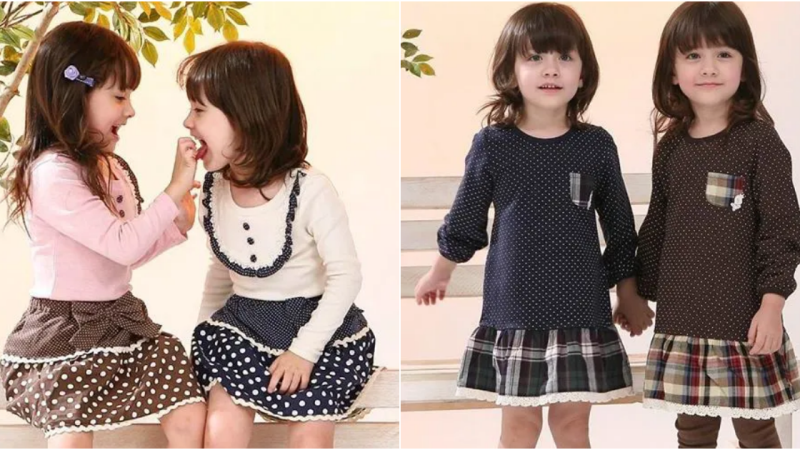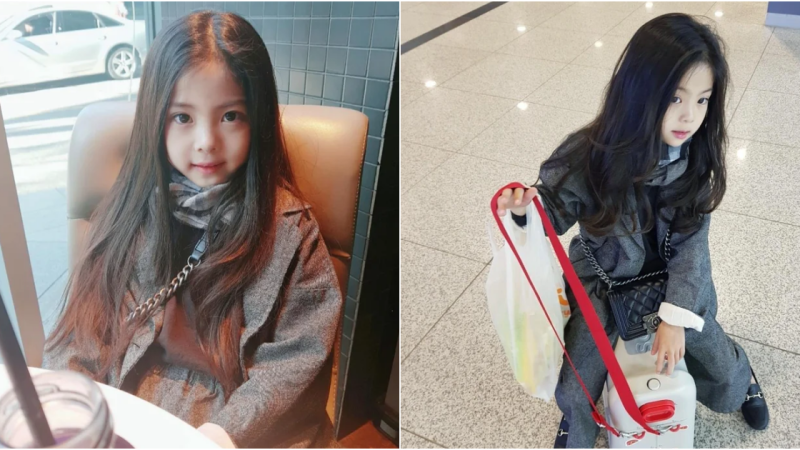The Enchanting Allure of Innocence: The Universal Attraction to Baby Faces

Attraction is a complex and multifaceted phenomenon that draws humans together on various levels. While discussions often revolve around romantic, physical, or intellectual attraction, there exists a pure and universal form of attraction that transcends cultural boundaries—the attraction to the innocence of a baby’s face. The cherubic countenance of an infant has the remarkable ability to captivate and engage, evoking feelings of tenderness, compassion, and fascination. In this essay, we will delve into the innate attraction that emerges from the innocence of a baby’s face, exploring the psychological, biological, and social factors that contribute to this enchanting phenomenon.

One of the key factors contributing to our fascination with baby faces is their genuine and unfiltered expressions. Their open and guileless emotions—whether it’s a toothless grin of delight or a furrowed brow of curiosity—create a captivating dynamic that draws adults in, making them want to engage and interact. The transparency of these expressions resonates deeply within us, reminding us of the purity of emotion that often gets clouded in the complexities of adulthood.
However, the attraction to the innocence of a baby’s face is not merely a psychological response—it has biological underpinnings as well. Evolutionary psychology suggests that this attraction is an adaptive mechanism that promotes the survival of the species. Human babies are born in a relatively helpless state, requiring extended periods of care and protection. The magnetic pull we feel towards their innocent faces ensures that we are inclined to provide the necessary care, nurturing, and protection to ensure their survival.
Moreover, the concept of neoteny, or the retention of juvenile features into adulthood, further reinforces the attractiveness of baby faces. As humans, we possess a subconscious desire to care for and protect young, vulnerable individuals, a phenomenon observed not just in humans but also in other animals. This instinctive response strengthens social bonds and ensures the continuation of the species.
The allure of innocence transcends cultural and geographical boundaries. Regardless of ethnicity, language, or background, the cherubic countenance of an infant has the ability to evoke the same emotions in people across the globe. This universality is a testament to the deep-seated nature of this form of attraction, grounded in shared human experiences and emotions.
Cultural practices, such as baby competitions and the tradition of “oohing” and “aahing” over baby photos, further highlight the significance of baby faces as objects of universal adoration. These practices reinforce the idea that the allure of innocence is a thread that binds humanity together, creating a common ground that fosters connection and empathy.
The attraction to the innocence of a baby’s face is a powerful and enchanting force that transcends time, culture, and individual differences. Rooted in psychology, biology, and shared human experiences, this form of attraction taps into our primal instincts for protection and nurturing. The purity and transparency of a baby’s expressions create a magnetic pull, drawing us in and fostering a deep sense of connection.
In a world often marked by complexity and uncertainty, the sight of a baby’s face reminds us of the innate goodness and simplicity that resides within us all. It serves as a poignant reminder that the most profound forms of attraction are often found in the uncomplicated purity of innocence, a timeless quality that continues to touch hearts and evoke smiles across generations. The allure of a baby’s face beckons us to embrace the beauty of simplicity and cherish the unspoken bonds that connect us as human beings.






